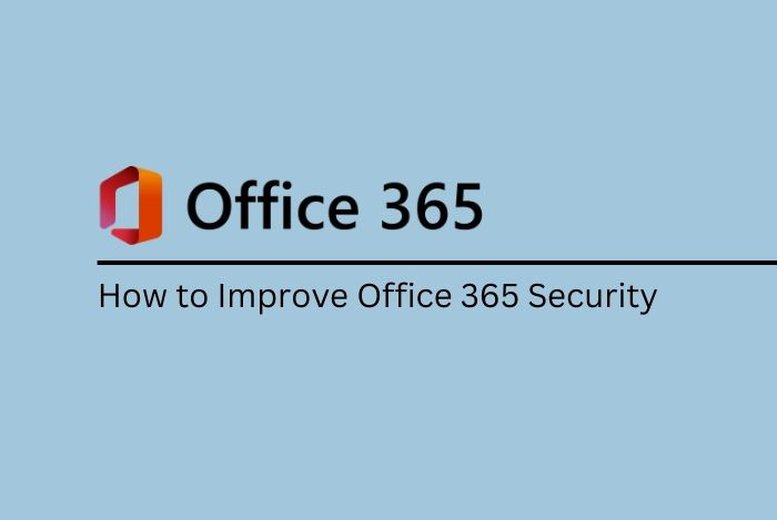Introduction
The Office 365 product suite is perfectly suited for our modern approach to working. It gives employees what they need to access key company information and applications from any location. However, with new solutions come new challenges. There is now a different set of questions that business leaders need to be thinking about when it comes to protecting their organisation’s sensitive data. Knowing where your data is being accessed and by who becomes a greater risk now that the boundaries of the workplace extend beyond the office. On top of this, more typical threats such as phishing attacks are becoming more sophisticated, posing an ever-greater possibility of gaining access to company information via user emails accounts. The positive news is that Microsoft have Office 365 security products built into the suite that can mitigate these risks. I’ll be providing an overview on three of these key security features in this post. There will be follow up blog posts that will look at each area in more detail.
Conditional Access
In summary, Conditional Access is a product that enables the creation of policies that define who can and can’t access your Office 365 Environment. These policies create what are known as ‘if/then’ scenarios. The policies force Office 365 to assess the connections that are being made to your Office 365 tenant. The easiest way to put this is to give you and example: IF user A is an Office 365 Administrator THEN enforce user A to multifactor authenticate.
Multifactor Authentication (MFA) has a drastic impact on reducing the amount of security breaches against your tenant. Conditional Access is the best way to enforce the use of MFA for your organisation as it takes a more considered approach to its application. How it does this will be covered in the follow up blog post.
The example used above is focusses on admin accounts, however the policies that can be created using Conditional Access go so much further than this. You can do things like block legacy authentication, enforce MFA for guests, as well as enforce MFA for users that don’t meet your organisation’s security standards. These standards are created and managed in Microsoft Intune. You can learn more about Conditional Access and how it works with Intune in this blog: Click here.
Microsoft Intune
Microsoft Intune is a cloud-based mobile device management (MDM) and mobile application management (MAM) platform for your apps and devices. Microsoft Intune allows you to control features and settings on a range of devices, including Android, Android Enterprise, iOS, MacOS, and Windows 10. The true power of Microsoft Intune comes into play when managing the security of the devices within your organisation. You can create a standard that each of your devices must meet within Office 365 tenant. For example, you can stipulate that all devices must have Bitlocker and a complex password to be deemed as ‘compliant’. What’s better is, if you use Conditional Access alongside Intune, Conditional Access will assess every connection attempt and allow people access based on whether they meet this ‘compliant’ standard. One of the other amazing features included in Intune is the ability to manage applications on personal mobiles. This is perfect for organisations that have a BYOD policy. All this will be covered in a separate Microsoft Intune blog post.
Microsoft Advanced Threat Protection & Defender for Office 365
The digital world is engaged in a never-ending cat-and-mouse game between threats and defence. The threats we face in today’s online landscape are become increasingly intelligent, requiring more advanced products to protect organisations from the risks they pose. This is where Microsoft Defender ATP for Endpoint comes in, providing companies with the ability to prevent, detect, investigate and respond to the more advanced threats we’re faced with.
Microsoft Defender for Endpoint, (formerly Defender Advanced Threat Protection) is an enterprise grade endpoint security platform designed to help businesses prevent, detect, investigate, and respond to advanced threats in real time. Defender for Endpoint uses a combination of technologies built into Windows 10 and Microsoft's robust cloud service. We’ll look at this in a separate Advanced Threat Protection blog post.
Final remarks
It is no doubt that we’re having to rethink the way we approach security as the ways we work change. The great thing is, Microsoft are aware of these evolving challenges and have built products that are suited to keep us safe and secure when enjoying the freedoms that the cloud has enabled modern workers to have. Keep an eye out for our follow up blog posts, where we’ll look at each of the above areas in more detail. We’ll also look at some more general approaches to information security and advise on how we can help.
On a final note, email security continues to be extremely important in light of the rise in phishing emails and phishing attacks, so we think it’s important that we keep you up to date on what you can do to reduce the chances of being breached.
If you’re looking for a quick way to review and understand your organisation’s Office 365 security standard, as well as learn about specific improvements you can make, our 2 day audit is the perfect service for you.













